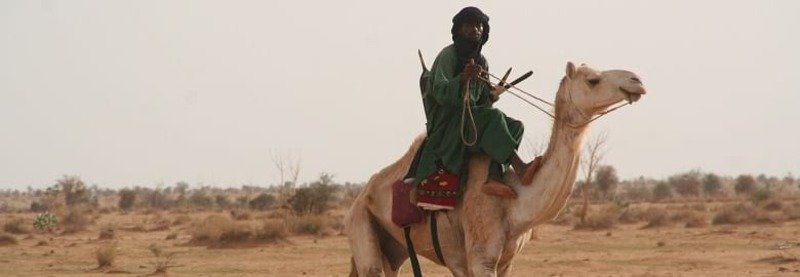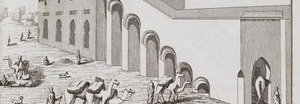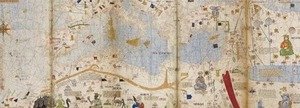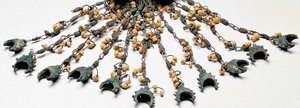The Long Reach of the Sahara

The Niger River was a major thoroughfare for trade from the Sahara into West Africa. Niger River trade connected to land routes through the West African forest and the region known as the Central Sudan. In this section the sites of Igbo Ukwu, Ife, and Durbi Takusheyi are presented as case studies that contribute to understanding the history of medieval West Africa.
Beyond the Sahara, trade routes reached into West Africa’s rainforest, the Central Sudan, and Europe. In the mid-fourteenth century, the traveler and diplomat Ibn Battuta referenced the reach of the Niger River all the way to the city of Ife in West Africa’s forest region, stating, “Then the Niger River descends from Dia to Timbuktu and then to Gao … then to Ife. Ife is one of the largest countries of the Sudan, and their sultan is one of the greatest sultans.”30 Archaeological excavations at medieval sites in Nigeria provide material evidence of this reach. The sites of Igbo Ukwu (eighth to twelfth century), Ile-Ife (thirteenth to fourteenth century), and Durbi Takusheyi (fourteenth to fifteenth century) reveal the prominence of copper, ivory, and glass beads among the goods that circulated through long and short distance trade in multiple directions during the medieval period.
Igbo Ukwu lies east of the Niger River in Nigeria’s forest region. Copper-alloy sculptures and more than 165,000 glass and carnelian beads excavated at the site suggest self-supporting metal casting and glass production industries that connected with active local and interregional trade networks and supplemented the raw materials for craft production.
Ife, in Central Nigeria, was the political and ritual center of a kingdom that supported a multiethnic regional economy that extended nearly 120 miles northward to the Niger River. Workshops for glassmaking and copper, copper alloy, and terracotta sculptures produced prolific artworks there and at sites within the orbit of the powerful city.
Durbi Takusheyi, in Northern Nigeria, is situated halfway between the Niger River and Lake Chad. It provides some of the earliest documentation for the Hausa kingdoms, which would grow to dominate the region between the sixteenth and the nineteenth century. Excavations at Durbi Takusheyi included burial sites with sumptuous grave goods that attest to global interactions.
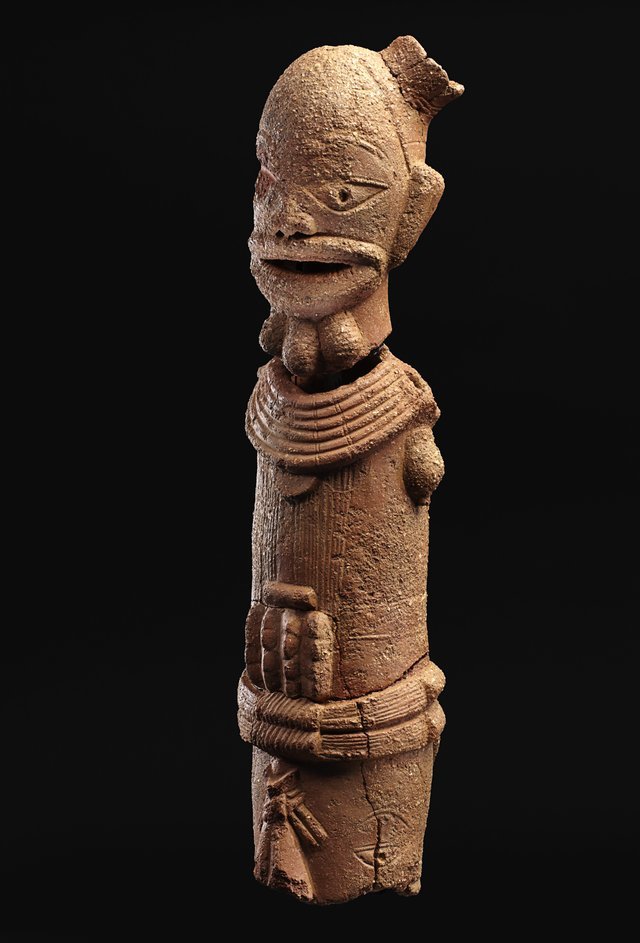
Standing figure, Nok culture, Nigeria, 1st millennium BCE. Terracotta, 68 cm high. National Commission for Museums and Monuments, Abuja, Nigeria, IFA 1 881–1885. Photograph by Stefan Rühl, Werbefotografie Rühl & Bormann, Darmstadt. Photograph © Goethe-Universität Frankfurt, Institut für Archäologische Wissenschaften, Archäologie und Archäobotanik Afrikas, Germany.
This standing figure from the Nok Culture in North-Central Nigeria is one of the oldest known terracotta sculptures to be excavated from a site in Africa.31 Dating to the first century CE, it is one of over 1,000 such figures that have been excavated in the region, pointing to a rich material culture in the Central Sudan long before the medieval period. The figure is depicted wearing a beaded necklace and belt, providing evidence that beads were already deeply ingrained culturally and tied to leadership and wealth before medieval trans-Saharan trade increased the availability of glass beads in the region. These are likely semi-precious stone beads, which have been found in abundance at Nok sites.
The corpus of sculptures from Nok, considered the earliest known terracotta sculptures from Africa south of the Sahara Desert, are among the ancient traditions that have been threatened by illegal looting in Western Africa. Protecting these and other examples of tangible and intangible cultural heritage is essential for passing this heritage on to future generations.
See Protecting and Preserving Cultural Heritage.
